

Owning a pet fish can be a terrific lesson in responsibility for kids. It is essential that any new fish owner have an understanding of how to keep the fish from "doing the backstroke" (ie floating upside down at the top of the tank). Cleaning the tank and feeding the fish can be taught but it is not as simple as filling the aquarium with tap water and letting the fish swim around. All Fish-Guardians (that is a term I just made up!) should be made to understand that there are duties involved such as regular feeding of the fish, cleaning the tanks every few weeks, and learning how to recognize a sick fish. (As an aside, parents should know what the fish looks like in the event they need to replace it without the FishGuardian knowing - I am kidding...sorta). Teaching your Fish-Guardian to be responsible at a young age will remain with them as they grow, which is a pretty valuable life skill. In a way, you could say that teaching your children the importance of caring for a fighting fish when they are 11 will not only help them learn to become more to be responsible, but will also teach them to care for others as they get older. Or maybe that is too bold a statement.
Betta fish (aka Siamese fighting fish), are among the most popular breed of fish due to their low cost, vibrant color and easy maintenance requirements. Here are the basics on how to not kill your fighting fish:
Provide a spacious bowl or fish tank for your Betta fish. The ideal home for your Siamese fighting fish is an aquarium that holds minimum 3 gallons of water. The aquarium should be placed in a draft-free location and would ideally have a filtration system, a heater and a light. These 3 items are comforts that King Casper does not enjoy, yet he has managed to survive the past year. You could add gravel and decorate the aquarium with live or plastic plants however; live plants can help to improve the water quality in the tank. Moreover, plants offer cover for your fish to hide and relax. You should fill the tank with water leaving minimum two inches of air space at the top and let the water rest for at least 24 hours before adding your fish. Remember to cover the top of the aquarium or bowl (or stop filling the tank a more than 2 inches from the top) as betta fish can jump. If nobody is around to see the fish jump out of the tank, it is a trick that your fish would only try once... Lastly, try to not have any reflective surfaces inside of the tank as male Betta's are aggressive with one another - if they see their reflection, they will assume a fighting position (where their fins puff up).
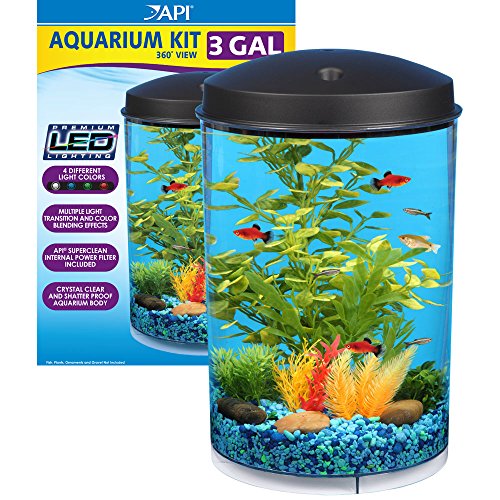 API Aquaview 360 Aquarium Kit with LED Lighting and Internal Power Filter, 3-Gallon
API Aquaview 360 Aquarium Kit with LED Lighting and Internal Power Filter, 3-GallonAlthough Bettas are carnivores (who enjoy snacking on white worms, insect larvae, brine shrimp, blood worms and daphnia - which sounds a little like the mystery ingredients on the original Iron Chef), they are fed pellets that you can buy at any pet store (you can buy a 3 month supply from PetSmart for under $5). The fish should be fed every 2-3 days, but avoid overfeeding them as excess food particles will accumulate in the gravel and will make the aquarium or bowl dirty and smelly. As a general rule of thumb, if you give them more food than then can eat in 5 minutes, you have overfed them. This is normally 3-5 pellets of food per serving depending on your fish. If you are going on vacation, you can purchase time release pellets that can last up to 2 weeks. For reference purposes, the pellets at Amazon are shown below - feeding these fish is definitely inexpensive.
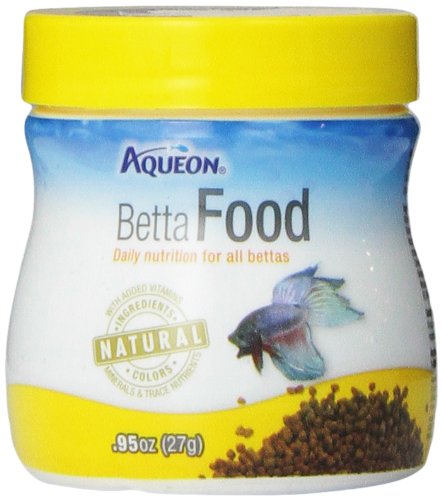 Aqueon 06051 Betta Food, 0.95-Ounce
Aqueon 06051 Betta Food, 0.95-OunceThe temperature of water in your betta's tank should be around 80 degrees Fahrenheit in order to reduce stress and keep the fish it healthy. For the most part, keeping your house at a constant temperature in the winter will do the trick. If you are planning a vacation and will be turning down the heat for a period of time, you should think about getting an aquarium thermometer. Avoid keeping the aquarium in direct sunlight as this can lead to swings in the water temperature.
The PH of the tank must be 7.0, which it would be in the normal course. If you are concerned with the quality of the water in your home, you can purchase a PH testing kit from a pet store together with solutions to reduce or increase the PH of the water in the fish tank.
They are known as Siamese fighting fish because they fight! Male bettas are aggressive by nature - avoid keeping two or more male bettas in an aquarium. They can tear each other and will fight to the death. Females, on the other hand, can share a tank with a male and will not fight with other females.
When you clean the rocks and plants in the aquarium you must not use soap. It's quite difficult to completely wash all soap from these decorations and the soap deposits can severely harm or even kill your fish. Instead, make use of an abrasive brush and warm water to clean the aquarium and other items. If you are using an aquarium without a filtering system then clean it at least once every two weeks. Conversely, aquariums with a filtering system require only occasional water change and for that reason it is more popular among fish owners!
Those are the basics. Remember that your betta is a living and breathing responsibility. You need to care, clean and feed your fish as per the appropriate schedule and they could live for up to 10 years (although the average age is 3 years). If you have any other tips or suggestions, please use the comments box below to share them with other readers.
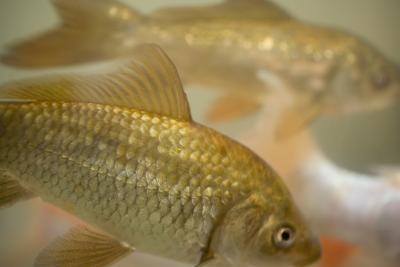 What Do Feeder Fish Eat?
What Do Feeder Fish Eat?
What Do Feede
What Do Feeder Fish Eat?
What Do Feeder Fish Eat?
What Do Feede
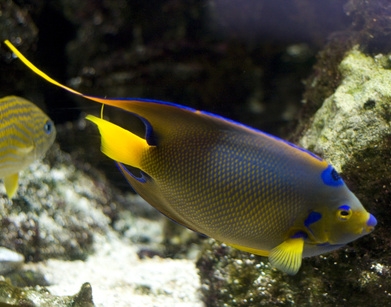 Signs of a Sick Fish
Signs of a Sick Fish
Signs of a Sick F
Signs of a Sick Fish
Signs of a Sick Fish
Signs of a Sick F
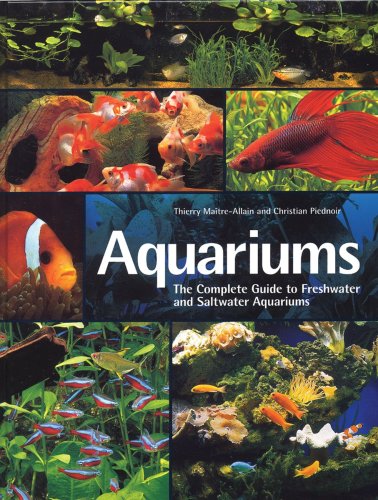 9 Common Mistakes of Freshwater Fish Owners
Keeping fish in an aquarium
9 Common Mistakes of Freshwater Fish Owners
Keeping fish in an aquarium
 Facets To Consider When Choosing A Cruise Rental
Sbiten is made at different ways, together non-alcoholic a
Facets To Consider When Choosing A Cruise Rental
Sbiten is made at different ways, together non-alcoholic a
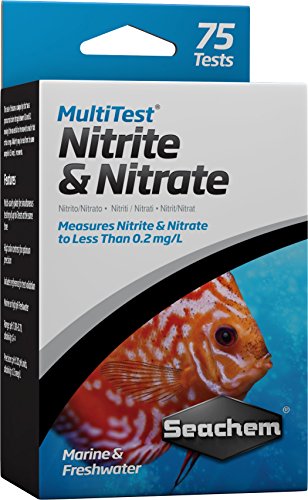 How to Reduce Nitrates in Fish Tank
You can always can find some nitrates in a typ
How to Reduce Nitrates in Fish Tank
You can always can find some nitrates in a typ
Copyright © 2005-2016 Pet Information All Rights Reserved
Contact us: www162date@outlook.com